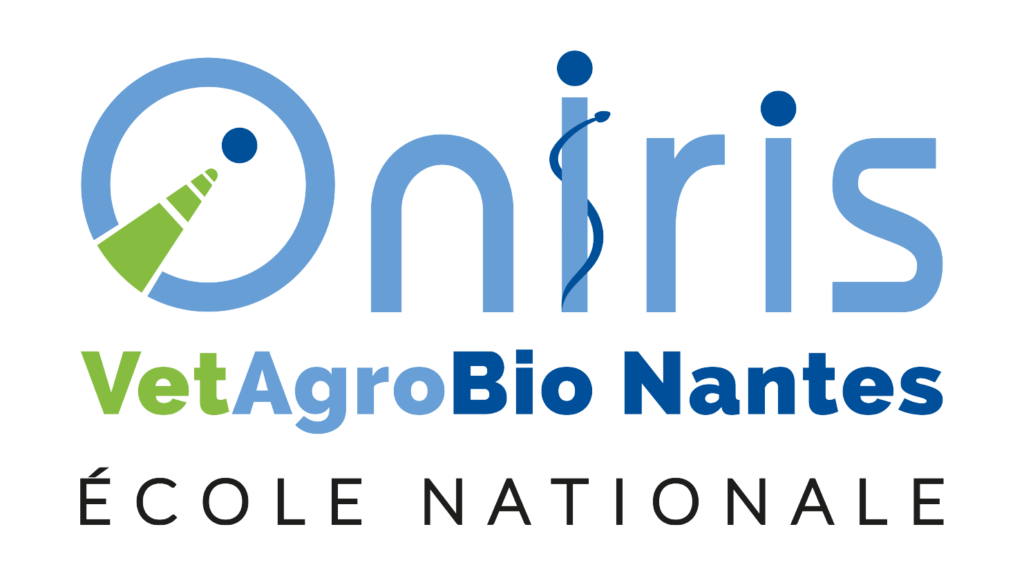THIS WEBSITE USES COOKIES
We use cookies to personalise content, to provide social media features, and to analyse our traffic. By choosing 'allow all cookies', you consent to our cookies.
To find out more, read our privacy policy and cookie policy.
Oniris VetAgroBio – Ecole Nationale Vétérinaire, Agroalimentaire et de l’Alimentation (ONIRIS), LABERCA, France

DC9 co-supervisor
Bruno LE BIZEC graduated from Nantes University as a Doctor in Analytical Chemistry (PhD, 1995). He is Professor since 2005 in food safety at the National Veterinary College of Nantes, Oniris. Professor Le Bizec is the Head of the French National Reference Laboratory LABERCA (growth promoters in farm animals and persistent organic pollutants in food). He is the Director of the Research Laboratory UMR1329 Oniris-INRA. He is currently chairing the Contaminant panel (ERCA) of the French Agency for Food Safety (Anses) (2018-2020). Professor Le Bizec is also serving as a member on a FAO/WHO expert committee on food additives (JECFA) since 2008 and in IARC (PCB monography, 2013). He is member of the WADA Laboratory Expert Group since 2015 that is responsible for the overall management of the anti-doping laboratory accreditation process. Bruno’s activities include membership in several scientific committees at international scientific events [Euroresidue (NL), VDRA (B), RAFA (CZ), International SaskVal Workshop (CA)…). He is teaching food safety, risk analysis and analytical chemistry. He is coordinating the actions of SARAF, an international education school specialized in Advanced Residue Analysis in Food. Bruno is the Head Deputy of the Doctoral School ‘Biology and Health’ of the Bretagne-Loire University (700 PhD students). He is the author or co-author of more than 500 peer-reviewed scientific papers (h-index (54), 1 book and 12 book chapters, 200 oral communications. Bruno Le Bizec received several awards amongst which the Euroresidue Award in 2004 for its research career on steroid hormones analysis. He was bestowed Knight of the Order of Academic Palms in 2015 by the French Government for distinguished services.
“Identifying chemical risks requires the use of cutting-edge analytical technologies to detect the greatest possible number of compounds, sometimes unknown and in trace form, in complex matrices (environmental, food, etc.). Ion mobility offers a formidable additional dimension for deconvoluting these many signals. Not only does it increase the selectivity of measurements, it also significantly improves their sensitivity, which are key assets in meeting today’s public health challenges. The Mobilitrain project brings together Europe’s leading experts in this technology and will enable a new stage to be reached in the implementation and robustness of this tool, so that this new dimension can be integrated into current public health approaches.”